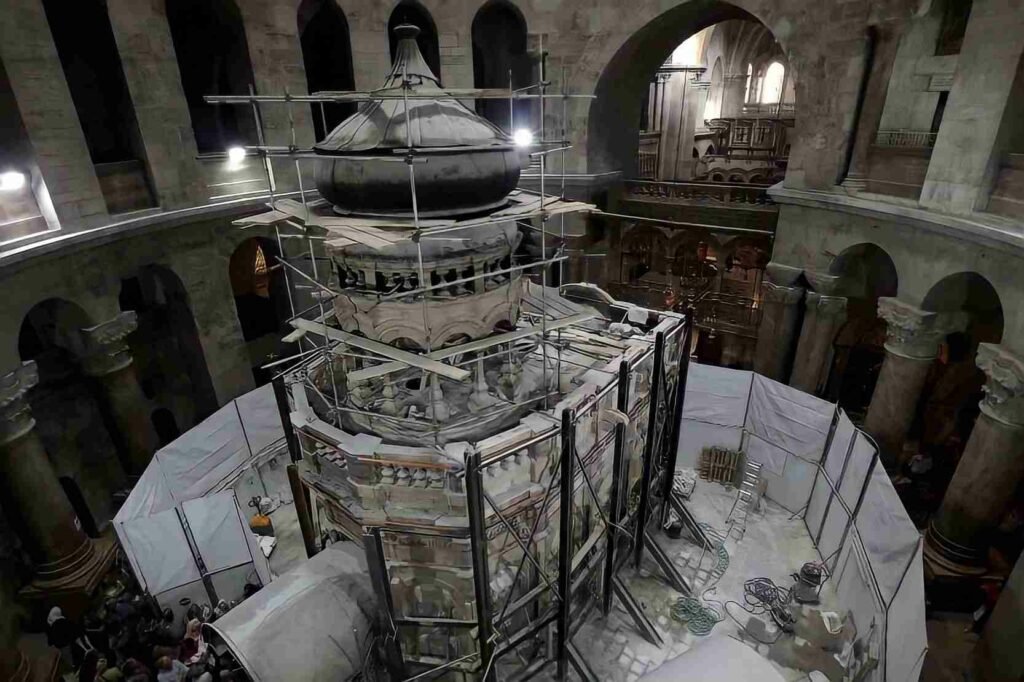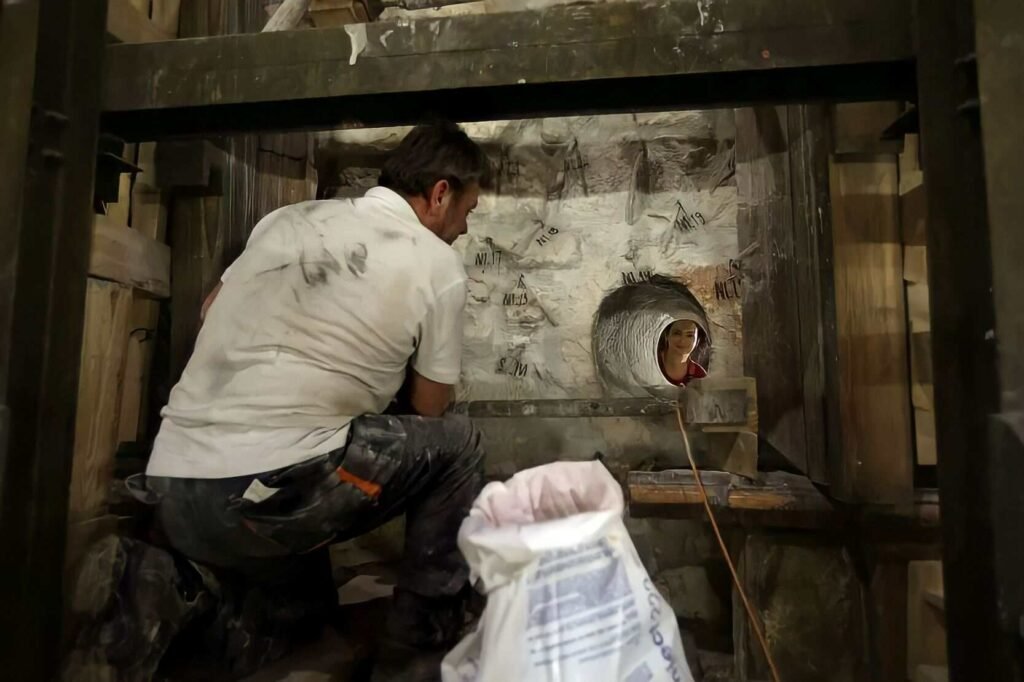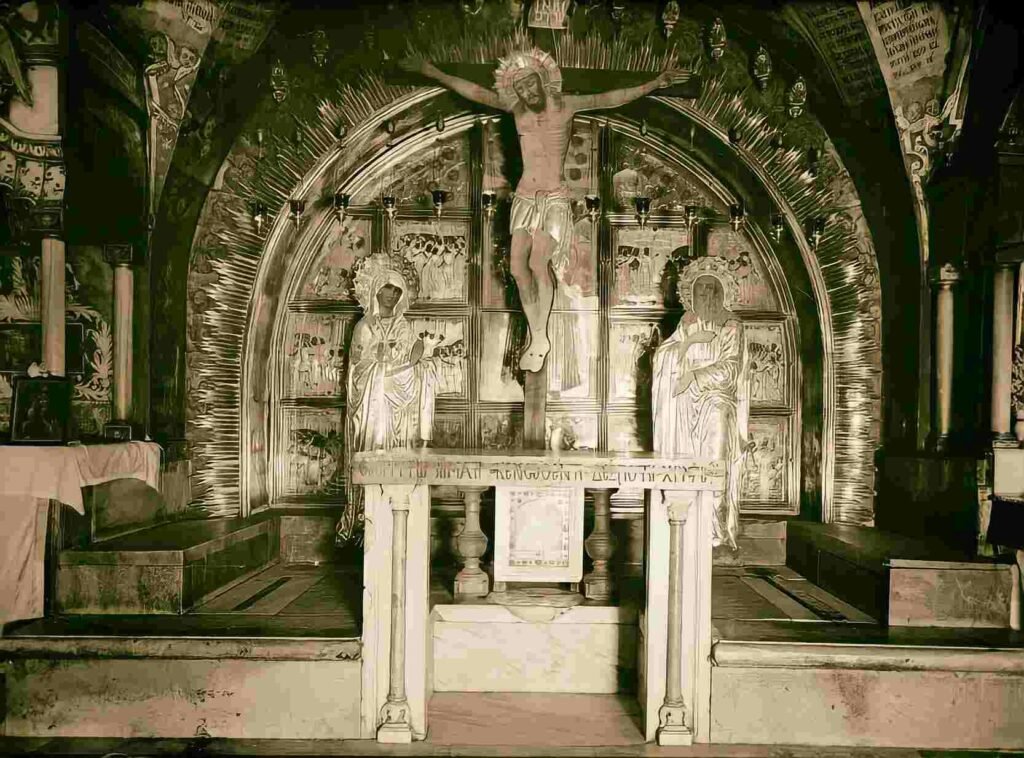Finally agreeing to renovations
Regardless of their differences, the priests and monks agreed that it was time for another cleaning. A project to preserve the traditional location of Jesus’ tomb began in 2016. Scientists from the National Technical University of Athens made up the team.

The restoration project included an archaeological excavation of Jesus’ tomb, which archaeologists from all over the world had been anticipating. Everyone was waiting to find out what was really inside Jesus’ tomb.
Biblical archaeology
The field of Biblical archaeology had grown by this point. This branch of archaeology seeks to prove or disprove any historical truth about the places and events mentioned in the Bible. Biblical archaeology has included expeditions to King Herod’s palace, Noah’s ark, and other locations.

The 2016 excavation team hopes to use modern technology to determine whether the Edicule in the Church of the Holy Sepulchre is truly the final resting place of Jesus. Any discoveries made during this excavation will undoubtedly have a significant impact on our understanding of Christianity.
Doubts have been made
Many scientists and historians were sceptical that the Edicule was Jesus’ tomb because the Church of Holy Sepulchre had been subjected to centuries of natural disasters and wars. It should be remembered that only a few decades after Jesus’ death, Jerusalem was razed to the ground during the First Jewish-Roman War in 70 CE.

Furthermore, if physical evidence is used, there were only two crucifixions carried out by the Romans during the time of Jesus. The first crucifixion site was discovered near Jerusalem in 1968, and the second was discovered in Italy in 2018.

Leave a Reply